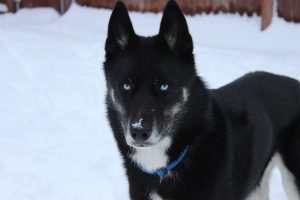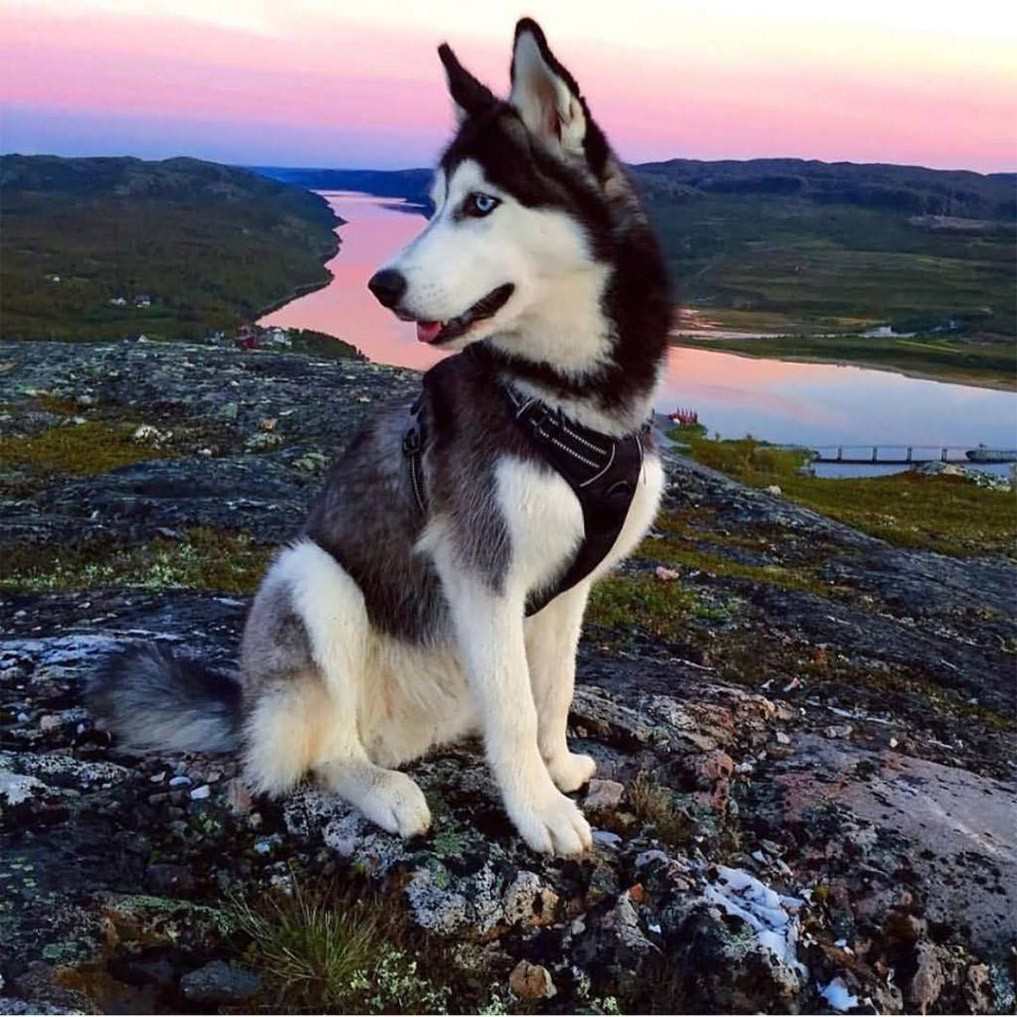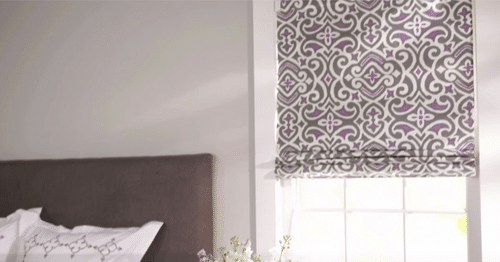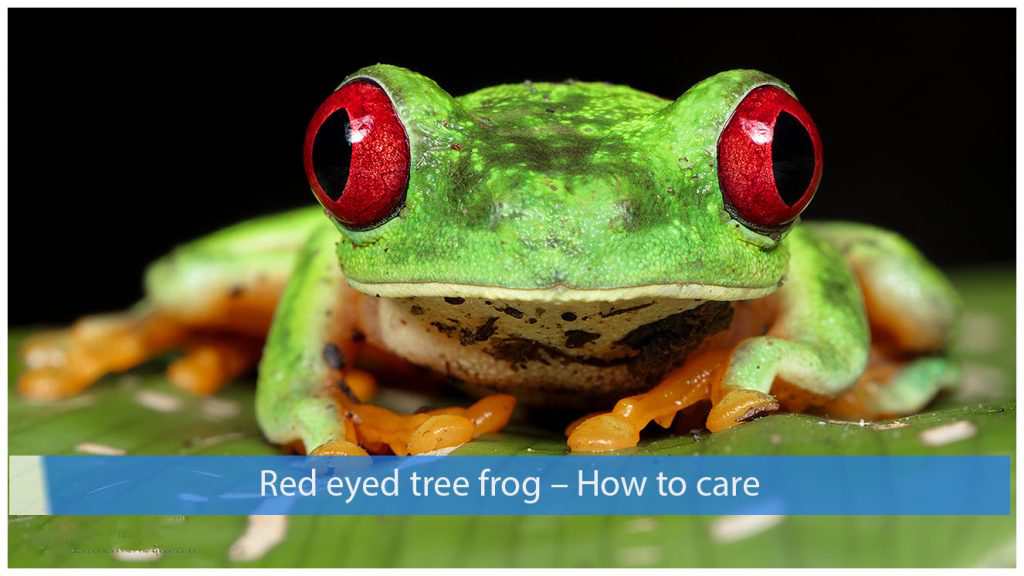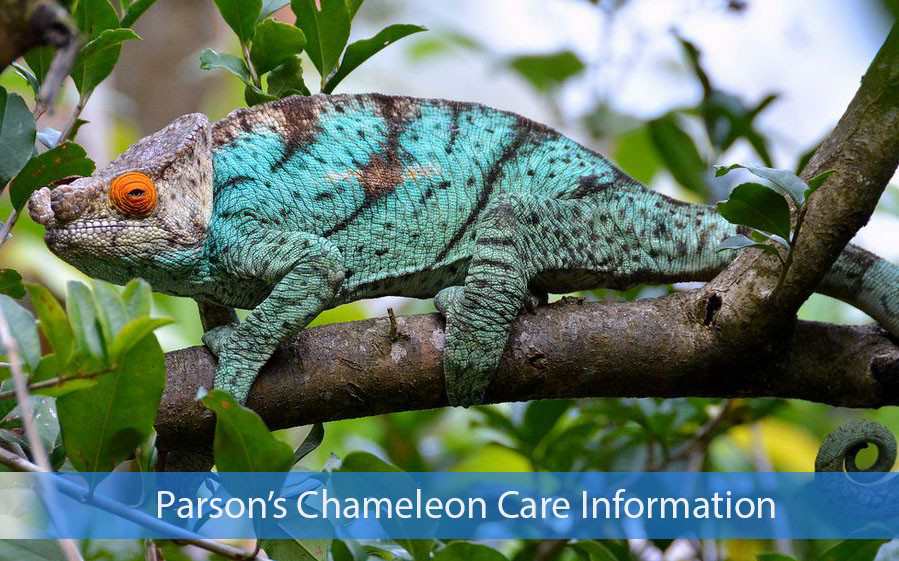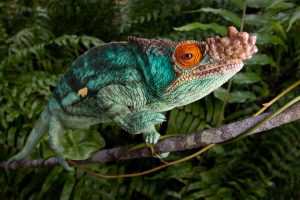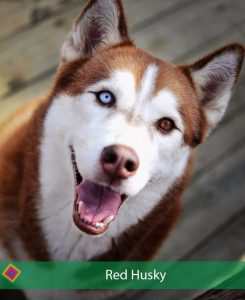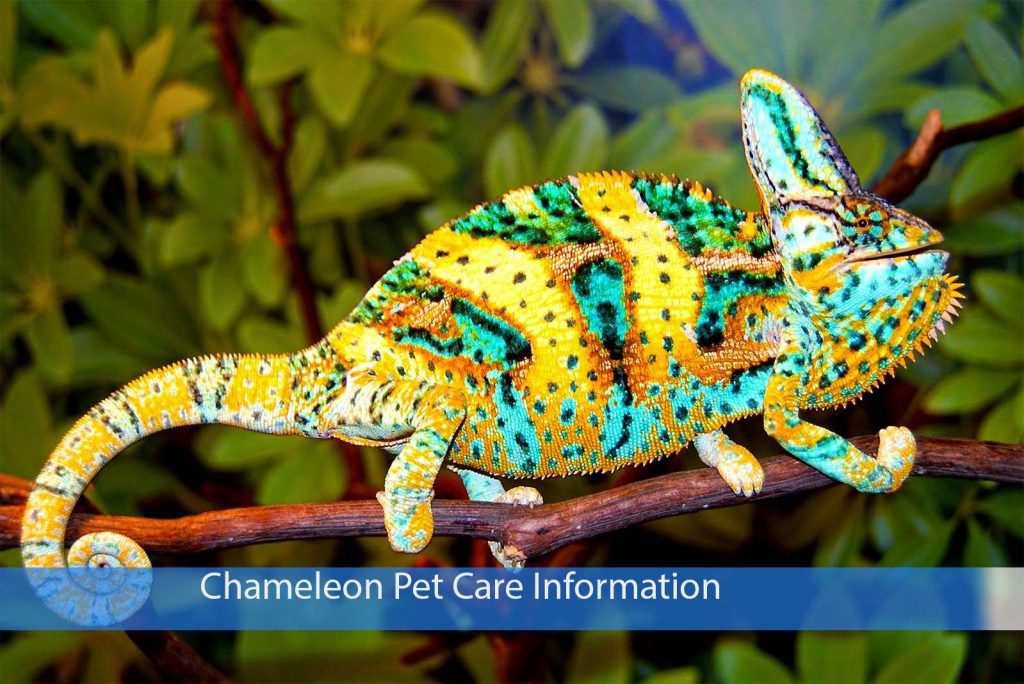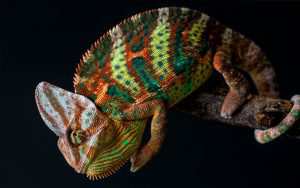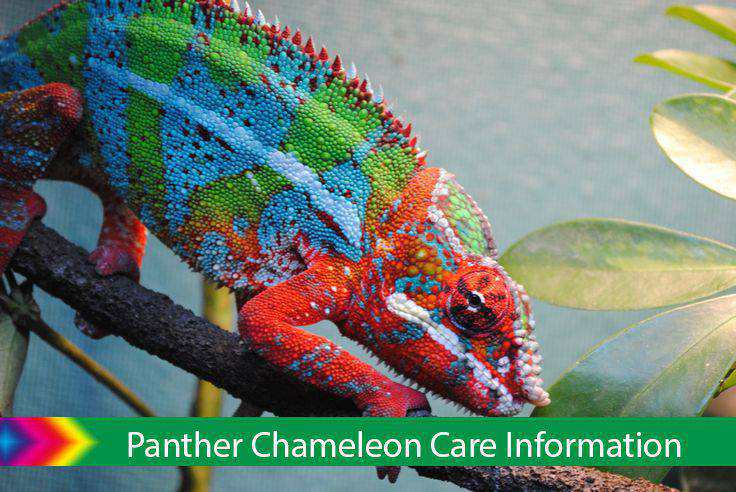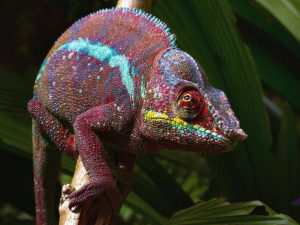Pomsky is one the most of unique dog breeds. This breed is a combination of Pomeranian and Siberian Husky. In particular, they can easily adapt to living in an apartment. Usually , they have blue eyes like Husky dog. The full grown pomsky example this genus can reach up to 20-30 pounds (15 kilos). Dogs of this breed appear to be teddy bears, especiaaly when they are puppies.He has a thick fur like a husky.
The measurements of a full-grown Pomsky might be interesting for you , but our article has all the answers sought about the dimensions of pomsky size.
Pomsky Full Grown
The Pomsky dog is a small to medium-sized dog, between the size of the Pomeranian and Siberian shepherd’s parents. Race standards vary in size as they are not clear, but an adult Pomsky full grown is not expected to weigh more than 30 pounds (about 15 kilos.) The length of the full grown Pomsky is 13 to 18 inches.
Health For Pomsky Breeds

First of all: Nature generally does not allow a “Pomsky”. Even the pomeranian itself is difficult to breed and the breed is considered to be less robust. In addition: the size differences between the breeds are so large that mating would rarely work. Pomskys are therefore created through artificial insemination. The breeders use the seeds of dwarf peaks, the dam is always a Siberian Husky. Otherwise, a pomeranian would have to deliver puppies that would be too big for his small body.
Both parent breeds are predisposed to eye diseases. Allergy and fur problems can also occur frequently. Siberian huskies should only be bred with healthy hips. In addition, both parents should be examined for patella luxation to rule out this joint disease for the offspring. Neither Husky nor Pomeranian are great friends of summer heat. A lot of heat can quickly build up under the thick fur of the pomsky. Postpone excursions in the summer to the cool morning or evening hours and ensure that your four-legged friend has a shady spot available. These dogs are not suitable for living in southern countries or in overheated loft apartments. With good care, the dogs can live up to 14 years.
The comedian is a spirited dog and fascinates people with his cuteness. It fits easily into different environments and does not require much exercise. He can live in the apartment as long as he goes for a long walk at least once a day. However; Siberian shepherd acquires whining and howling from genes and barking from Pomeranian genes. These features make the Pomskies quite talkative, and the neighbors may become nervous. In addition, because it sheds too much hair, hibernation rolls, vacuum cleaners and so on. equipment.
The right food for your Pomsky
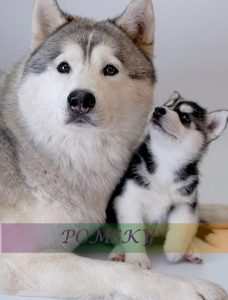
Small or large: every dog appreciates a meat-rich meal in its bowl. His health also benefits from a high meat content. Therefore, make sure that meat comes first in the declaration of the feed – regardless of whether you feed wet or dry feed. Small breed puppies – and this includes a young Pomsky with high probability – need a puppy food with small croquettes. You should also pay attention to the right size for dry food later.
You can read this article about the development of Pomsky. https://petanimalworld.com/how-big-do-pomskies-get/
Follow the manufacturer’s feeding recommendations and include the treats in the daily ration. Especially if you train a lot with your dog and use food as an incentive, it is advisable to use dry food croquettes as a reward. This is how your four-legged friend works out his food without putting too much strain on the calorie account. Small bones of bovine skin or dried rumen pieces are good chews, but you should only serve them under supervision. Make sure that your Pomsky always has access to fresh drinking water. It is best to always carry a drinking bottle with travel bowl for your four-legged friend with you when you go on long trips.
